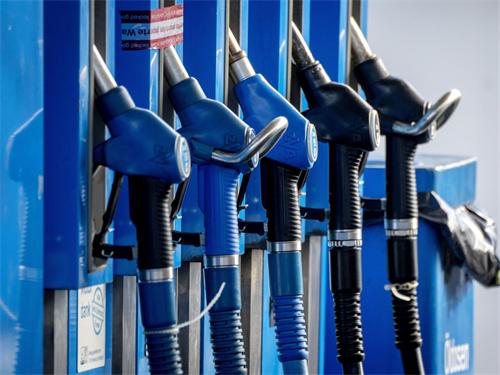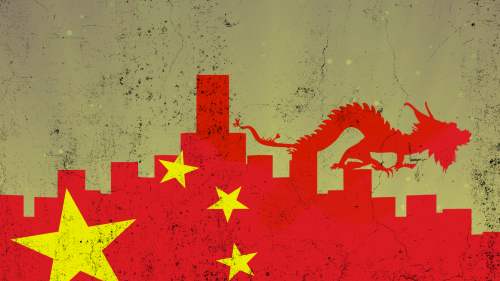OPEC+’s Fragile Unity: Why 410k Barrel Hike Won’t Lower Prices

In May 2025, OPEC+ announced it would increase production by 410,000 barrels per day, restoring part of the output it had previously withheld. On the surface, this marked a shift from a “tightening cycle” to an “expansionary cycle” in global oil supply. Yet, the market reaction fell short of bearish expectations—oil prices did not decline significantly. Instead, buoyed by various external factors, they remained resilient and even experienced a modest rebound.
The underlying logic is far more complex than a straightforward supply-demand equation.
Production Hike ≠ Oversupply: Why Oil Prices Remain Resistant
The timing of the production increase is key. OPEC+’s move coincides with the summer driving season—a period of peak global oil consumption. Simultaneously, geopolitical tensions have resurfaced: Russia-Ukraine negotiations have stalled, and the U.S.-Iran nuclear deal remains unresolved. These events have intensified market concerns, leading investors to factor in higher geopolitical risk, which in turn has helped support oil prices. In other words, even though OPEC+ has signaled more supply, the market remains more concerned about Middle East instability and supply chain security than a potential inventory surplus.
More critically, while OPEC+ has announced three consecutive hikes of 410,000 barrels/day—over 1.2 million barrels in total—the actual output increase has fallen well short of expectations. According to a Morgan Stanley report, although the group pledged earlier this year to gradually unwind 2.2 million barrels/day of production cuts, data so far shows barely any increase in real output. It’s more a “paper move” than a tangible shift—meaning the market hasn’t truly felt a flood of supply.
Saudi Arabia’s Strategy: A Nash Equilibrium Game
Although OPEC+ accounts for 41% of the world’s oil production, internal disagreements continue to undermine its cohesion. Saudi Arabia’s advocacy for increased output appears to go beyond market fundamentals, reflecting deeper political motivations as well. On one hand, it aims to discipline members like Kazakhstan and Iraq, who previously overproduced in violation of quotas. On the other, it seeks to reclaim market share lost to U.S. shale and other competitors by signaling price competition.
This situation reflects a classic case of strategic conflict: while it benefits each member individually to raise production and maximize short-term revenue, the group as a whole is better off limiting output to keep prices stable. The tension between individual and collective interests mirrors a typical Nash equilibrium scenario. The clash between these two incentives has made unity within OPEC+ difficult, resulting in “disorderly hikes.” This not only reveals internal fractures but also erodes the group’s authority in the global energy market.
Low-Cost Producers Hold the Strategic Advantage
It’s worth noting that Gulf states like Saudi Arabia have a fiscal breakeven oil price of $80–$90 per barrel, but their actual production costs are as low as $30. This gives them ample room to engage in a prolonged price war. In contrast, higher-cost producers like Russia and Nigeria require prices above $60 to break even.
This cost asymmetry grants low-cost countries greater leverage in setting production policy, while high-cost producers are trapped in a prisoner’s dilemma—increasing output may bring short-term revenue but could ultimately drive prices below their profitability threshold. This structural divide is reshaping the oil market’s “floor price logic”: the true price bottom is no longer determined by supply-demand fundamentals, but by the endurance of the cheapest producers.
Investment Shift and Peak Demand: Oil Market Losing Its Anchor
According to the International Energy Agency (IEA), global oil demand is projected to peak in 2029 at 105.6 million barrels per day, followed by a potential supply glut of up to 8 million barrels per day by 2030. Meanwhile, the EU’s Carbon Border Adjustment Mechanism (CBAM) has entered trial operation, pressuring oil majors to redirect more than half of their capital expenditure toward low-carbon technologies such as green hydrogen and carbon capture. Traditional oil and gas investment is systematically declining.
This implies that OPEC+ is losing its “price anchor.” Oil prices are no longer the group’s sole concern; long-term geopolitical influence, market control, and a foothold in the clean energy transition have become the real prizes.
Declining Credibility: Markets No Longer Take OPEC+ at Its Word
With production hikes increasingly detached from actual supply, OPEC+ is facing a credibility crisis. Morgan Stanley has bluntly described the situation as a coordinated performance: “loud rhetoric with minimal action.” This helps explain why markets have shrugged off the production news—investors have learned to “watch actions, not words.”
Additionally, OPEC+’s share of the global oil market has declined. A decade ago, it accounted for about 40% of the world’s oil supply; today, that figure has fallen below 25%. Meanwhile, the U.S. share has climbed from 14% to 20%. This structural shift is steadily eroding OPEC+’s influence and diminishing its once-dominant voice in price-setting.
An Illusion of Supply, a Reality of Power Struggles
In summary, OPEC+’s 410,000-barrel/day hike may appear market-moving on paper, but in practice, it is constrained on multiple fronts. Internal discord, geopolitical risk, external competition, and eroding market trust all contribute to the view that this hike is more of a political smokescreen than a supply shock.
Going forward, oil prices will be driven more by Middle East developments, U.S. monetary policy, and the pace of global economic recovery than by any single OPEC+ decision. In an increasingly multifaceted and uncertain energy market, the traditional “supply-demand logic” is being rewritten by geopolitics, finance, and the green transition.



